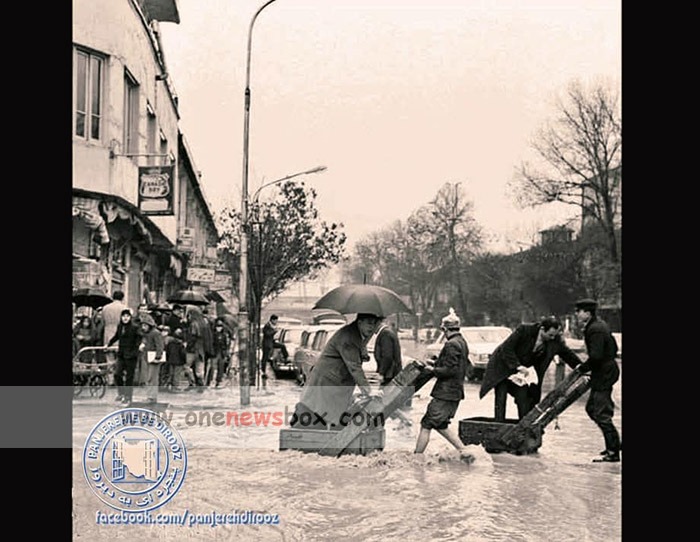The Physical and Economic Damage
The physical destruction caused by the flooding was considerable. Roads, buildings, and bridges sustained significant damage as floodwaters swept through the city. The city’s public transportation systems were severely impacted, with many buses, trams, and taxis unable to operate due to the flooding. Communication lines were disrupted, and many people found it difficult to reach family members or work.
The economic impact was profound. While the immediate effects of the flood were primarily felt by those in the affected areas, the ripple effects spread throughout Tehran. Businesses had to shut down, not just in the flooded areas but also in the surrounding districts, as transportation routes were blocked and workers struggled to reach their places of employment. Many industries that depended on the smooth flow of goods and services saw a decline in productivity.
Moreover, the flood revealed significant flaws in the city’s urban planning and infrastructure. Tehran had undergone rapid expansion during the 1960s, with new buildings and neighborhoods emerging in the city. However, many of these developments had not been adequately planned to address the challenges posed by heavy rainfall and flooding. The drainage system, which was outdated and insufficient, was unable to cope with the scale of the rainstorm.

